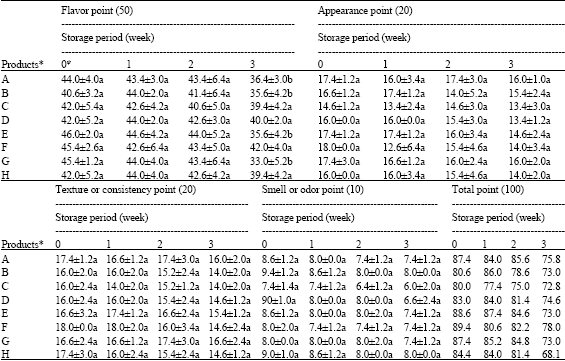Research Article
Evaluation of Some Probiotic Fermented Milk Products From Al-Ahsa Markets, Saudi Arabia
Department of Food and Nutrition Sciences, Faculty of Agriculture Science and Food, King Faisal University, P.O. Box 380 Hofuf, Al-Ahsa, Kingdom of Saudi Arabia














